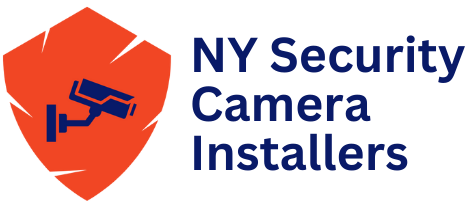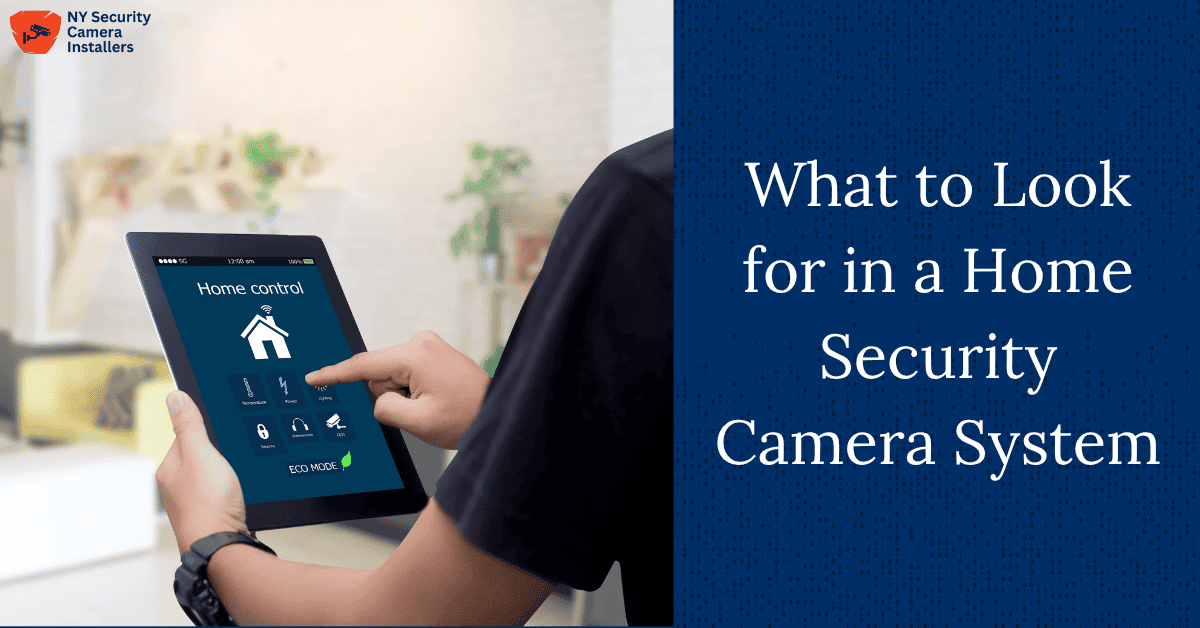There’s no shortage of home security camera systems out there, but figuring out which one actually fits your needs? That’s where things get a little trickier.
It’s not just about image quality or price, but about how everything works together in your space.
We’ll break down the key features to consider so you can choose a system that works well and won’t need replacing in six months.
Key Notes
- Choose resolution based on specific needs; higher isn’t always better.
- Prioritize advanced motion detection to reduce false alerts.
- Carefully consider storage options and weather resistance for outdoor cameras.
- Ensure smart home integration aligns with existing devices.
Security Camera Features
The effectiveness of a security camera system hinges on its core capabilities.
Key features such as resolution quality, night vision performance, and intelligent detection capabilities are critical in determining performance under varying conditions.
Resolution and Video Quality
Resolution is crucial for identifying details like faces and license plates.
1080p vs. 4K Cameras:
1080p (2MP) is suitable for most residential needs at an affordable price. 4K (8MP) provides exceptional clarity, ideal for zooming without losing detail, but requires more storage.
Strategic placement of 4K cameras at key entry points, combined with 1080p cameras for broader coverage, often achieves the best balance between cost and detail.
Night Vision and Low-Light Performance
Night vision is essential for capturing incidents in low-light conditions.
Infrared (IR) vs. Color Night Vision:
- Standard IR: Black-and-white footage using invisible IR light.
- Color Night Vision: Maintains color imagery using advanced sensors and ambient light.
For properties with limited lighting, cameras with larger sensors and wider apertures offer superior low-light performance.
AI-Powered Detection
AI integration helps minimize false alerts by distinguishing between relevant and irrelevant motion.
It enhances detection capabilities and allows for features like virtual trip wires and activity zones.
Wired vs Wireless Systems
The choice between wired and wireless systems significantly impacts reliability, installation, and maintenance.
Wired Systems
Wired cameras offer consistent connectivity and superior video quality, but installation can be complex and may require professional assistance.
Wireless Systems
Wireless cameras offer flexibility and easier installation. However, they may suffer from connectivity issues and require regular battery maintenance.
Privacy and Data Security
With increasing connectivity, privacy and data security are paramount, particularly for indoor cameras.
Privacy Features
Modern security cameras offer privacy controls like physical shutters, programmable zones, and geofencing to ensure sensitive areas remain protected.
Data Security
End-to-end encryption, two-factor authentication, and regular updates are critical for protecting footage and preventing unauthorized access.
The choice of power source affects maintenance and environmental impact.
With increasing connectivity, privacy and data security are paramount, particularly for indoor cameras.
Battery and Solar Power
Battery-powered cameras offer flexibility but require regular maintenance. Solar options provide an eco-friendly alternative when positioned correctly.
Wired Power Options
Continuously powered cameras eliminate battery concerns and support advanced features.
Cost Considerations
The cost of a security system includes initial investment and ongoing expenses.
Subscription vs. Subscription-Free Models
Many systems require subscriptions for full functionality, but subscription-free models with local storage can be more economical over time.
Long-Term Cost Analysis
Consider hidden costs like battery replacements, professional installation, and potential WiFi upgrades.
Integration with Smart Home Ecosystems
Seamless integration with smart home systems enhances functionality and convenience.
Smart Home Integration
Security systems can automate responses and enhance control through smart home platforms, though compatibility varies.
Future-Proofing with Matter Protocol
The Matter protocol aims to improve cross-platform compatibility, simplifying integration and setup.
Quick Recap: What to Look for in a Home Security Camera System
- Resolution: 1080p is often enough, but 4K adds clarity where it counts.
- Night Vision: Choose IR or color night vision based on your lighting setup.
- Motion Detection: AI-powered systems help reduce false alarms.
- Wired vs. Wireless: Wired means reliability; wireless offers flexibility.
- Privacy & Security: Look for encryption, 2FA, and privacy controls.
- Power Source: Balance convenience with long-term maintenance.
- Smart Integration: Make sure your system plays nice with your other devices.
- Cost: Factor in subscriptions, power, storage, and installation.
Not Sure Which System Makes The Most Sense?
Frequently Asked Questions
How many security cameras do I need for an average-sized home?
Typically, 4-6 strategically placed cameras are sufficient, focusing on entry points and vulnerable areas.
Will my security cameras work during internet outages?
Cameras with local storage will continue recording, but cloud-only systems will not.
How long do wireless camera batteries last?
Most offer 3-6 months of battery life, extendable with solar charging in suitable locations.
Can I install security cameras myself?
Many wireless cameras are DIY-friendly, but wired systems may require professional installation.
Are there privacy laws for security cameras?
Yes, avoid recording areas with a reasonable expectation of privacy and comply with local laws.
Conclusion
Choosing a home security camera system isn’t just about picking the one with the highest resolution or the most features. It’s about finding a setup that fits your home, your habits, and how you actually plan to use it.
From smart integrations to storage options, night vision to long-term costs – each piece matters more than it seems at first.
And with so many options on the market, clarity matters just as much as coverage.
If you’re sorting through camera options and want real advice, reach out for a free quote. We’ll help you find a solution that actually fits your home and how you live.


